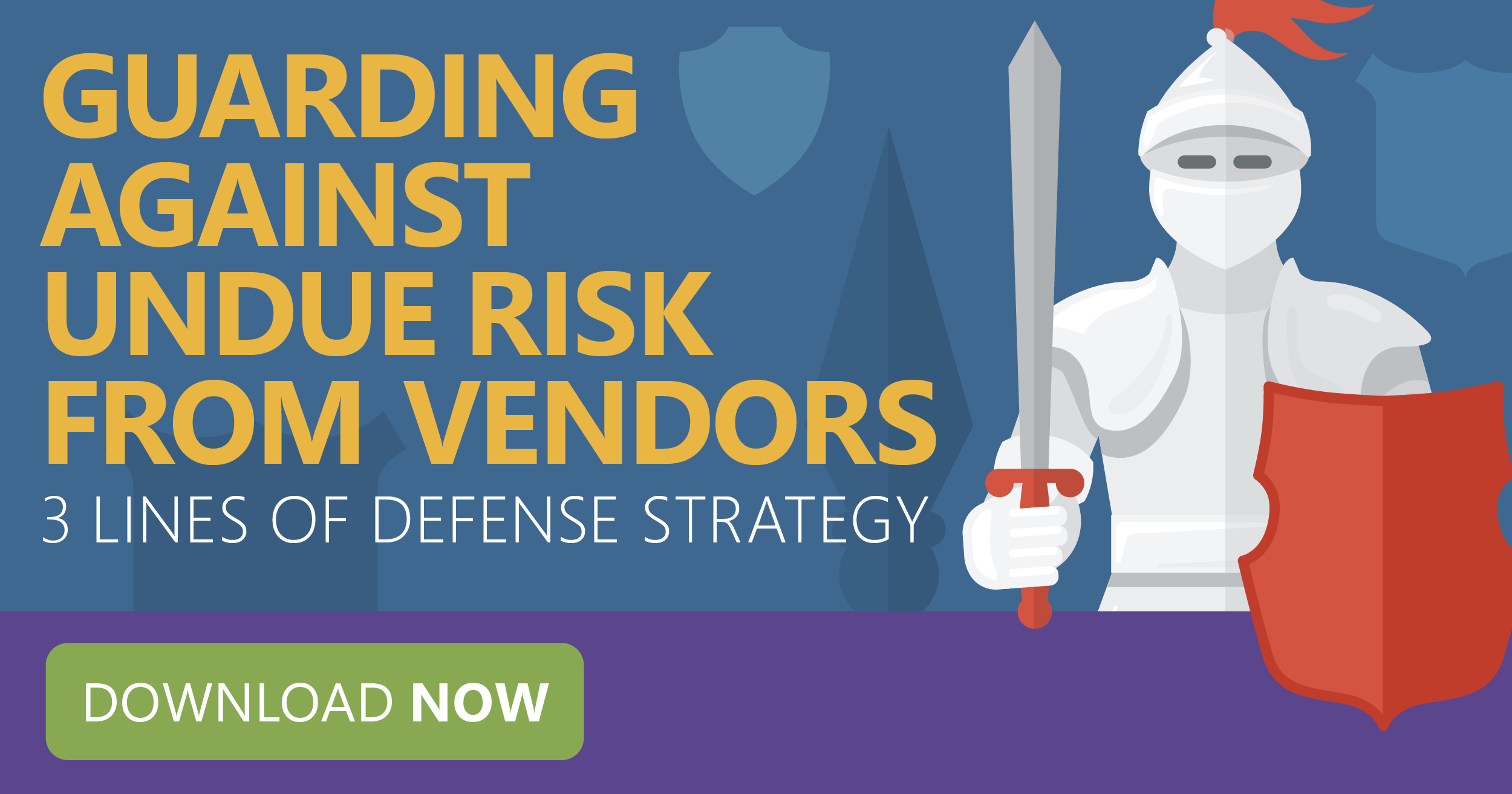As a manager at a large organization, you rely on the efforts of an entire team of people. Since the financial crisis a decade ago, one thing has become abundantly clear from the regulators’ perspectives – we’re all under the same regulatory microscope.
We’ve seen enforcement actions against small, medium and large organizations. Generally speaking, we’re all held to the same consumer protections standards. To be successful in third-party risk management you need to realize that your organization must hold itself highly accountable to the same regulatory standards regardless of size.
Regulators Do Consider Your Organization Size
If the playing field is level, then why do some organizations flourish while others struggle? Well, just like third-party risk management is risk-based, so is regulatory examination and enforcement.
The regulators should – but may not always agree or say in so many words - understand that smaller organizations simply do not have the staff and expertise but do expect they should put in the same relevant effort commensurate with the size and complexity of their organization and how many key functions are outsourced.
Meanwhile, at the larger organizations and those more heavily reliant on outsourcing key items, the regulators expect even more.
Third-Party Risk Management Expectations for the Larger Organizations
Here are some general expectations regulators have for larger organizations:
- Greater level of complexity within your vendor risk management program
- Have a more robust vendor management program, particularly in the areas of risk assessment and ongoing monitoring
- Do a deeper dive review in terms of analysis of risk
- Be more precise in your analysis of vendors
- Provide additional expert documentation
- Investment of time and expertise should be commensurate with the risk
- If you use one vendor for multiple services/products, answer questions related to your choice of outsourcing several activities to that same service provider and that specific ongoing oversight on that vendor (regulators are concerned that the reliance on one vendor becomes too concentrated)
Important note: With these being expectations for the larger organizations, that's NOT an excuse to cut corners at medium or smaller organizations. It’s a recognition of the maturity one would reasonably expect of the largest organizations. If a smaller organization can passingly be called the short order cooks of the industry, hustling to cover multiple competing priorities, they expect the larger organizations to employ master chefs.
With all of this as a backdrop, it’s a good opportunity for everyone involved in third-party risk management to make sure they have the right plans, activities and strategy for success.
The 3 lines of defense strategy can help keep everyone in your organization on the same page. Download our infographic guide now to learn more.



















